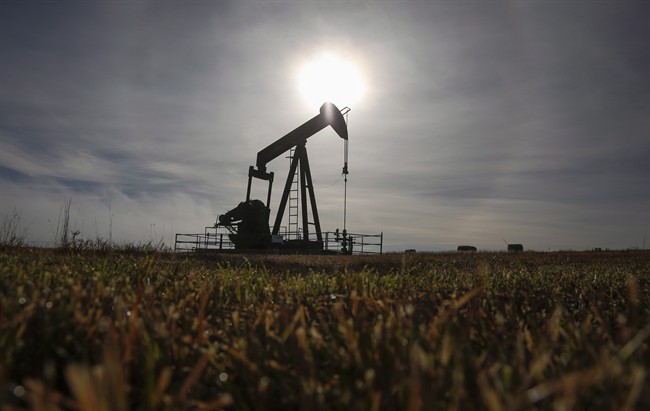Oil prices made fresh gains on Friday and were heading for their biggest annual percentage rise since 2009, with world stocks also up nearly six percent over the year despite concerns over China’s slowing growth and weakening currency.

Global markets have fared surprisingly well in a year marked by major political shocks, including June’s Brexit vote and the unexpected election of Donald Trump as U.S. president in November. U.S. stocks have hit successive record highs and emerging equities have rebounded 8 percent after three years in the red.
MSCI’s world index, which tracks shares in 46 countries, was flat on Friday, with investors having booked profits off the benchmark’s 13 percent run since end-June and European shares opening a touch weaker.
READ MORE: Why oil prices, the Canadian dollar and stock markets are all up
Tokyo stocks closed lower, having erased most of the year’s meager gains after the yen surged 21 percent against the dollar, while Britain’s FTSE index has rebounded 23 percent from its post-referendum low in June.
But oil has been the star of 2016.
WATCH: Global’s Tomasia DaSilva sits down with ATB’s Chief Economist Todd Hirsch, to discuss oil prices, and where they could be headed in 2017 in part two of her two part interview.

Brent crude futures have bounced more than 50 percent after three years of losses, thanks to output cuts by key crude producers. The benchmark rose half a cent on Friday.
Other commodities too have rallied, with zinc, steel and rubber posting annual gains of around 60 percent after suffering heavy losses last year.
READ MORE: Canada facing economic unknowns in 2017 in wake of President-elect Donald Trump
In a note headlined, “The underdogs bite back”, asset manager Schroders said government bonds were the only major asset class not to have delivered positive returns in 2016, with equities and commodities receiving a boost from President-elect Trump’s $1 trillion economic stimulus plan.
“Investors have bought into the Trump or reflation trade on hopes of stronger growth, rising inflation and higher interest rates. Risk assets are rallying, the dollar has strengthened and capital has flowed out of emerging markets,” Schroders told clients.
The year is also notable for the growing chorus of voices calling an end to the three-decade bond bull run. With inflation on the rise, U.S. 10-year yields have hit two-year highs and the European Central Bank has signaled it will start trimming bond purchases.
Currencies and risks in 2017
The Canadian dollar sat at 0.74 cents USD Friday morning.
The American dollar pulled back 0.3 percent on Friday against a currency basket but has strengthened in 2016 for the third straight year, recently hitting near 14-year highs.
Britain’s pound, which hit 31-year lows after the June 23 vote to leave the European Union, is closing 16 percent lower against the dollar, its biggest yearly fall since 2008.
Most analysts expect the greenback to rise further in 2017, along with U.S. Treasury yields, with Trump’s policies seen boosting inflation and prompting the U.S. Federal Reserve to hike interest rates more frequently.
READ MORE: Donald Trump warned not to spend like economy in crisis by Federal Reserve officials
The euro, however, has fought back this week, rising to three-week highs versus the dollar, though the widening interest rate gap with the United States has seen it fall 3 percent this year.
The single currency faces some key tests in 2017, with Dutch, French and German elections expected to see a lurch toward anti-establishment, anti-euro parties while concerns remain over the health of Italian banks.
“Political risk shifts to Europe in 2017 with the risk of an upset in France or Italy potentially threatening a break-up of the euro,” Schroders wrote.
The other major risk on the horizon could be China, where the yuan has posted its biggest annual loss against the dollar since 1994 when it started trading.
Fears are growing that capital outflows will spiral out of control, further weakening the currency, depleting foreign exchange reserves and possibly raising debt default rates.
Asset manager BlueBay noted that Chinese economic data remained solid, capital flight would be a major concern and “a dislocation in China remains the most likely driver of a market reversal.”



Comments